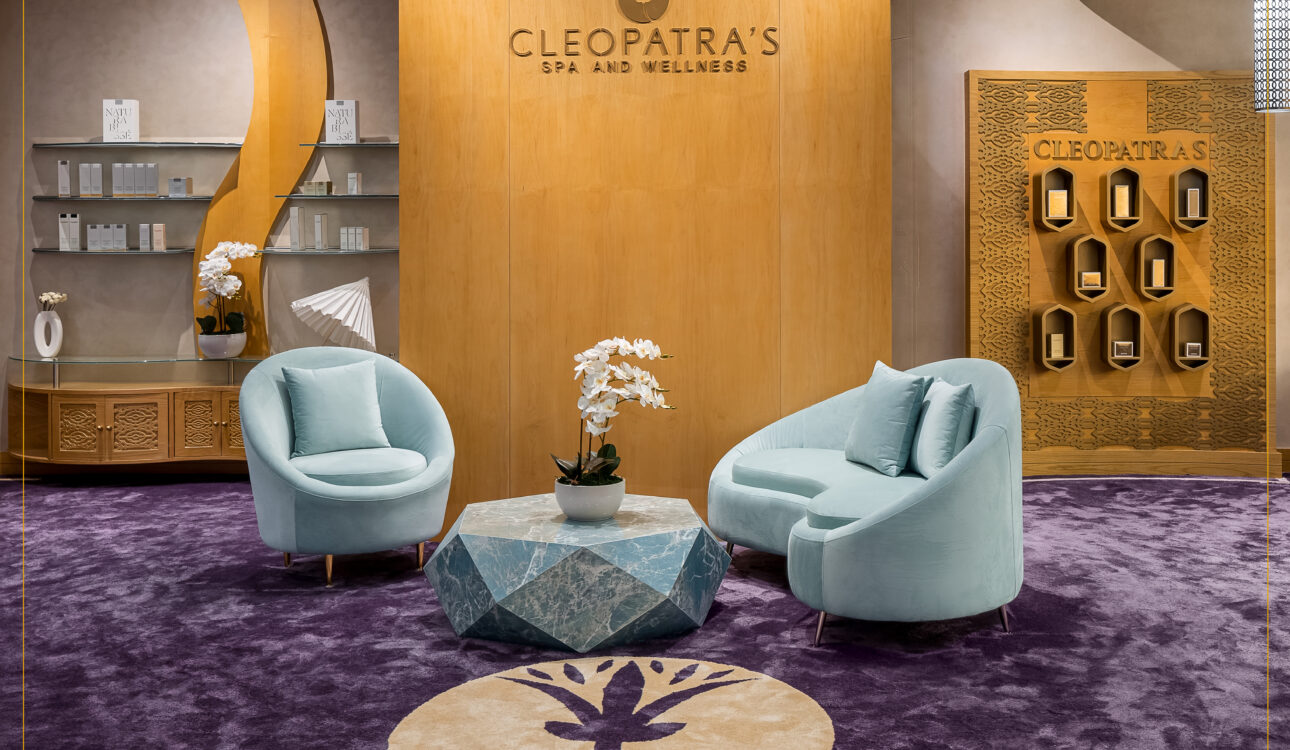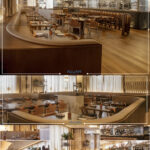Introduction
In the realm of interior design, texture is a silent hero, often overshadowed by color and furniture choices. However, its impact on the ambiance and visual appeal of a space is undeniable. Whether you’re aiming for a cozy, rustic feel or a sleek, modern look, understanding how to leverage texture can transform any room into a captivating oasis. Join us as we delve into the intricate world of texture in interior design and unlock the secrets to infusing depth and interest into your living spaces.
Understanding Texture: The Foundation of Interior Design
Texture serves as the foundation upon which the visual and tactile elements of a room are built. It encompasses the surface quality of materials, ranging from smooth and glossy to rough and tactile. Incorporating diverse textures adds layers of complexity and dimension to a space, creating visual interest and inviting touch.
Exploring Texture Selection
- Tactile Sensation: Choosing materials that evoke a tactile sensation, such as plush fabrics or weathered wood, can enhance the overall tactile experience of a room.
- Visual Depth: Textures like exposed brick or stone veneer add visual depth, infusing spaces with character and charm.
- Contrast and Balance: Striking a balance between contrasting textures, such as pairing soft textiles with sleek metals, creates a dynamic interplay that enlivens the room.
Utilizing Texture to Evoke Emotion
Texture has the power to evoke a myriad of emotions, from warmth and comfort to sophistication and austerity. By strategically incorporating texture into your interior design scheme, you can tailor the ambiance of a room to suit your desired mood and atmosphere.
Creating Warmth and Comfort
- Soft Textiles: Plush rugs, cozy throws, and velvet upholstery create a sense of warmth and comfort, inviting you to relax and unwind after a long day.
- Natural Elements: Introducing natural textures like wood grain or woven fibers infuses a space with earthy warmth, connecting you to the outdoors and fostering a sense of tranquility.
Elevating Sophistication and Elegance
- Luxurious Fabrics: Silk drapes, velvet cushions, and satin finishes exude opulence and refinement, elevating the aesthetic appeal of any room.
- Sleek Surfaces: Incorporating glossy finishes and sleek surfaces, such as polished marble or mirrored accents, adds a touch of modern elegance and sophistication to your space.
Maximizing Texture in Design Elements
Beyond furniture and textiles, texture can be integrated into various design elements to amplify its impact and cohesively tie the room together. From walls and floors to accessories and accents, every surface presents an opportunity to introduce texture and enhance the overall aesthetic.
Wall Treatments and Finishes
- Textured Wallpaper: Embossed wallpaper or textured wall panels add visual interest and depth to bare walls, transforming them into focal points within the room.
- Faux Finishes: Techniques like faux painting or Venetian plaster create the illusion of texture, imparting a sense of history and character to your space.
Flooring Options
- Natural Materials: Hardwood flooring, natural stone, and bamboo offer tactile textures that ground the room and establish a sense of authenticity and longevity.
- Patterned Tiles: Intricately patterned tiles or textured carpeting introduce visual interest and personality to the floor, elevating the overall design scheme.
The Role of Texture in Lighting Design
Texture doesn’t exist solely in physical form; it also interacts with light to create captivating visual effects and ambiance. By strategically illuminating textured surfaces, you can highlight their unique characteristics and imbue the space with warmth and dimension.
Playing with Shadows and Highlights
- Up-lighting: Casting light upwards onto textured ceilings or walls creates dramatic shadows and highlights, accentuating their tactile qualities and adding depth to the room.
- Layered Lighting: Incorporating multiple light sources, such as sconces, pendant lights, and floor lamps, allows you to layer light and showcase different textures throughout the space.
Choosing Light Fixtures with Texture
- Artistic Fixtures: Opt for light fixtures with textured or sculptural elements that double as works of art, adding visual interest and personality to the room even when not illuminated.
- Diffused Lighting: Soft, diffused lighting sources, such as paper lanterns or fabric shades, create a gentle glow that enhances the tactile appeal of surrounding textures.
FAQs (Frequently Asked Questions)
Q: How does texture impact the perception of space?
A: Texture can visually alter the perception of space; rough textures tend to absorb light, making a room feel cozy and intimate, while smooth textures reflect light, creating a sense of openness and airiness.
Q: What are some budget-friendly ways to incorporate texture into my home?
A: Opt for affordable yet impactful texture-rich elements like woven baskets, textured throws, or peel-and-stick wallpaper to add depth and interest to your space without breaking the bank.
Q: Can I mix different textures in the same room?
A: Absolutely! Mixing textures adds visual intrigue and dimension to a room. Just ensure there’s a sense of cohesion by sticking to a cohesive color palette or theme.
Q: How can I balance different textures without overwhelming the space?
A: Focus on layering textures in moderation, paying attention to scale and proportion. Start with a dominant texture as your anchor and layer complementary textures gradually for a harmonious look.
Q: Which lighting fixtures best highlight textured surfaces?
A: Adjustable track lighting, recessed spotlights, and wall washers are ideal for highlighting textured surfaces, allowing you to control the direction and intensity of light to accentuate desired areas.
Q: What role does texture play in creating a cozy atmosphere?
A: Texture adds tactile warmth and visual interest to a space, making it feel inviting and snug. Soft textiles, natural materials, and plush finishes contribute to the overall coziness and comfort of a room.
Conclusion
In the tapestry of interior design, texture emerges as a versatile tool, capable of transforming mundane spaces into captivating environments brimming with depth and personality. By harnessing the power of texture, you can infuse your home with warmth, sophistication, and visual intrigue, creating a sanctuary that reflects your unique style and personality. Texture is not merely a visual or tactile element; it is the soul of interior design, weaving together disparate elements to create a harmonious and inviting space that resonates with emotion and authenticity.






